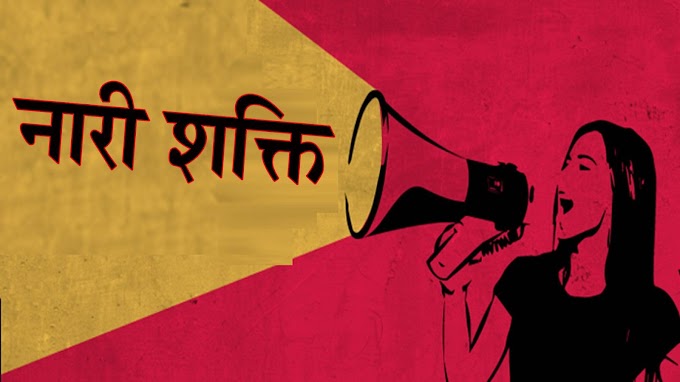The COVID-19 pandemic has brought much-needed focus to the migrant workers of our country.
Migrant labour is casual and under-skilled labour that travels from one region to another, typically from rural to urban, in search of work. They provide their services on a temporary contractual basis and are most often a part of the unorganized section of the society’s workforce.
They form the unseen strata of our community, one that often goes overlooked by the policies of the states and the scrutiny of academicians.
The following are some laws and acts when the Government of India decided to shine a light on the demands and security of migrant labour-
CONTRACT LABOUR (REGULATION AND ABOLITION) ACT, 1970
The main aim of the Contract Labour (Regulation and Abolition) Act of 1970 was to stop the exploitation and oppression of contract labour. Contract workers are those who are hired for work through a Contractor from an establishment and, thus, are not paid directly. The Act also provides for better conditions of employment, adequate wages, and essential facilities.
INTER-STATE MIGRANT WORKMEN (REGULATION OF EMPLOYMENT AND CONDITIONS OF SERVICE) ACT, 1979
This Act was brought in to regulate the employment of inter-State migrant workers in the country. It applies to every establishment or contractor with five or more inter-State migrant workers under their occupation. It aimed “to provide for their conditions of service and matters connected in addition to that”. As in the Contract Labour Act of 1970, this Act also called for fair wages.
OCCUPATIONAL SAFETY, HEALTH AND WORKING CONDITIONS CODE, 2019
Subsuming and replacing 13 existing labour laws including the Contract Labour Act (1970) and Inter-State Migrant Workers Act, 1979, the Occupational Safety, Health and Working Conditions Code seeks to regulate the safety and health of workers in their working conditions. The Code sets up national and state-level boards which will be the leading advisors on the stipulations of the Code. Proper registrations for the establishments were also required.
MINIMUM WAGES ACT, 1948
The Minimum Wages Act of 1948 is one of the oldest labour acts that are still in force in our country. It sets the minimum wages that are to be paid to workers, both skilled and unskilled.
The advisory committee set up for the Act defines minimum wage as an amount that allows the worker to not only meet his daily basic requirements but also to live life with some comfort and security. The Act is statutory and does not set a single uniform minimum wage rate across the country. Instead, it provides for wage boards to do so on a case-by-case basis.
UNORGANIZED WORKERS’ SOCIAL SECURITY ACT, 2008
This Act was set by the Parliament of India to ensure the social security and welfare of workers in the unorganized sector. It recommends health and maternity benefits, old age and disability protection, and other such services for home-based workers, daily-wage labourers, and self-employed workers.
BUILDING AND OTHER CONSTRUCTION WORKERS (REGULATION OF EMPLOYMENT AND CONDITIONS OF SERVICE) ACT, 1996
As the title of the Act suggests, the Building and Other Construction Workers (Regulation of Employment and Conditions of Service) Act of 1996 provides for the registration of establishments and construction workers under Welfare Boards constituted by the State Governments, adequate provisions for safety and health, and acceptable working conditions and wages.
Mentioned above are the most prominent labour laws that exist or had existed in our country regarding migrant labour. Though these should have painted a better picture of life for such delivery, it has been observed that migrant labour has been in no less despair in the present times. The Coronavirus pandemic has made it more difficult for them to survive.









0 Comments